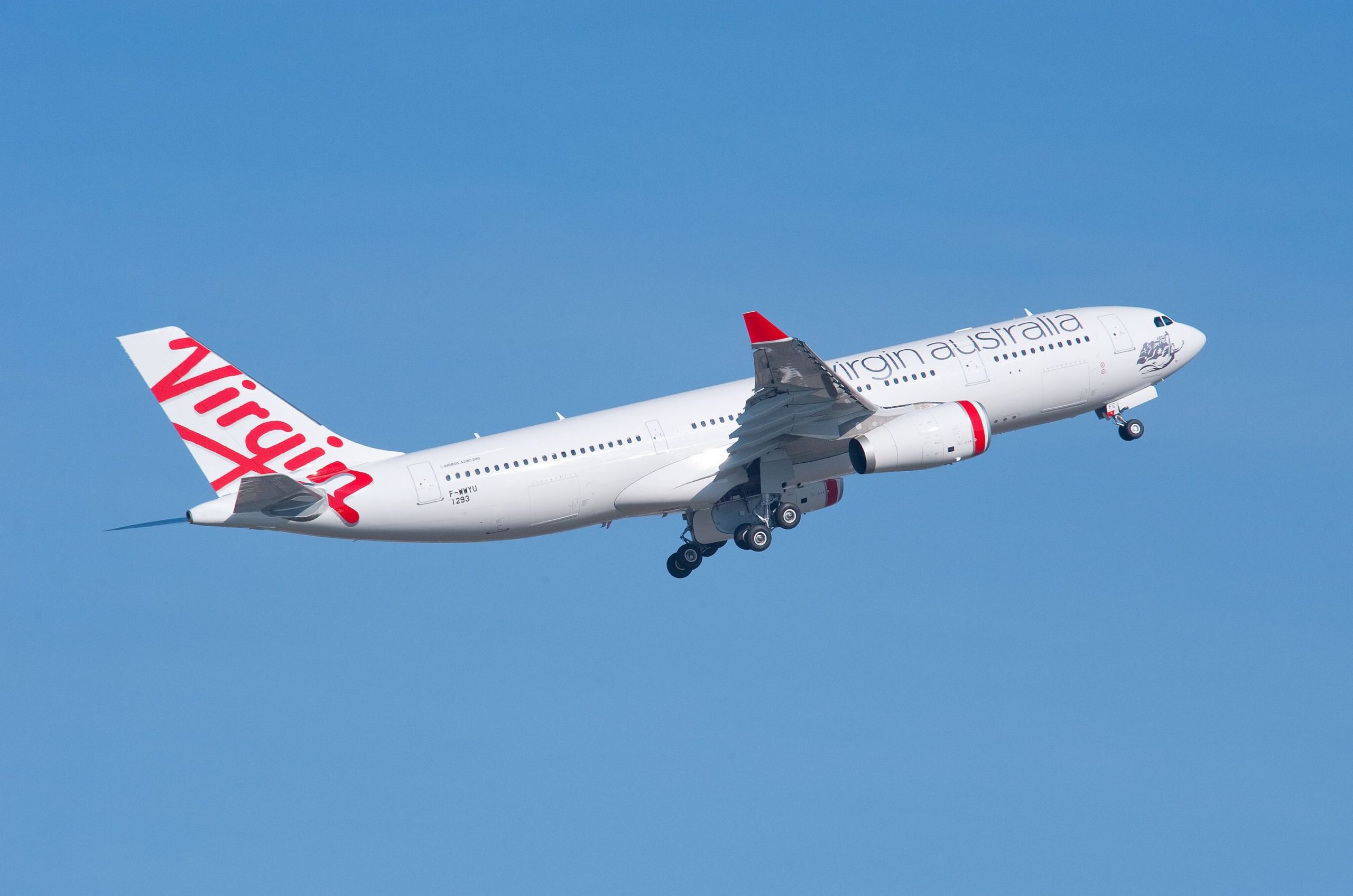Airlines Respond to Surge in Australia-Japan Tourism Market
Share

Japan is Australia’s fastest-growing inbound and outbound tourism market, according to information released by Qantas at its Investor Day in November 2019. Prior to the coronavirus outbreak, airlines in the region responded to the demand, challenging the duopoly held by Qantas Group and Japan Airlines in the Australia-Japan tourism market.
This month starts the expansion of route networks between Australia and Japan, bringing not just more capacity but new passenger experience options.
Challenging the 75% marketshare Qantas Group said it had last year (at its 2019 Investor Day presentation in November), Virgin Australia will enter Japan this month for the first time with a Brisbane-Haneda route operated by an Airbus A330, making it the only carrier in the market with a reverse herringbone business-class product. Despite the coronavirus outbreak which has hit the air travel industry hard, Virgin Australia says it will maintain the launch of the route on March 29.
The airline’s chief executive Paul Scurrah said the flights are “a real milestone,” and then separately, that although the airline is prepared to absorb some of the financial impact, it would lessen the pressure to cancel flights, if the federal government could reduce airport fees.
Virgin Australia’s new route is part of a codeshare of five other Japan-Australia routes with All Nippon Airways (ANA), which started its Australia service in 2015 with a single route between Haneda and Sydney. ANA will increase that route to double-daily this month, eclipsing the long-standing Japan Airlines (JAL) flight, which currently operates daily between the two destinations. ANA’s double-daily Sydney service, and last year’s addition of a Narita-Perth route, gives ANA three daily flights to Australia compared to JAL’s two daily flights, one each to Melbourne and Sydney.
JAL will use a new Haneda slot to move its existing Sydney-Tokyo service from Narita to Haneda. The carrier will also replace the Boeing 787-9 on its Sydney route with a 777-300ER, introducing a first-class product to the market. This move is something that can have an outsized impact – ANA said it added a first-class cabin to its A380 aircraft so it could increase competitiveness in the Japan-Hawaii market.
The aircraft swap will also increase the number of business-class seats slightly from 44 to 49 as well as the capacity of the premium-economy and economy-class cabins to make JAL’s seat offering more comparable to that of ANA.
While ANA and Qantas have the advantage of overnight flights between Tokyo and Sydney in both directions, JAL has an overnight to Sydney only; it operates a daylight service back to Tokyo.
In addition to the flurry of full-service flight developments, the Japan-Australia market will see changes from low-cost airline Jetstar, wholly owned by Qantas. The arrival of Airbus A321neo aircraft to its fleet will enable Jetstar to redeploy 787-8s from medium-haul Southeast Asia routes to Japan, Qantas said. Furthermore, the A321XLR could later be used on thinner Australia-Japan markets.


